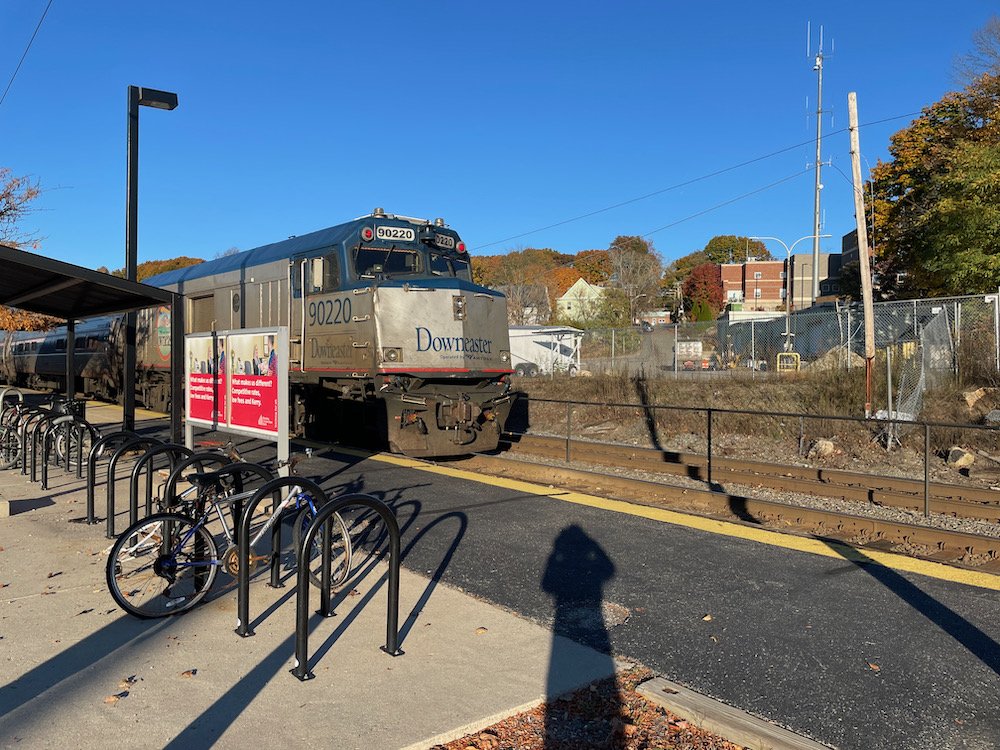The MBTA Communities Zoning Law in Andover
By Monica Gregoire, Associate Planner Town of Andover
Massachusetts has among the highest and fastest growing home prices and rents of any state in the nation. The rising cost has dramatically increased financial pressures on low- and middle-income households, forcing them to sacrifice other priorities in order to pay for housing. Housing costs create challenges for Massachusetts households, and they also put the Commonwealth of Massachusetts at an economic disadvantage as it competes with more affordable states. Despite the competitive advantage of having a highly skilled workforce, Massachusetts’s economy is at risk of slowing future job growth due to the high costs of living.
The lack of zoning that allows multi-family development is a barrier for new housing development in Massachusetts. In order to address this issue, the Massachusetts state legislature adopted the Zoning Act (Section 3A of the M.G.L. c.40A) in January, 2021. This law, also known as the MBTA Communities zoning law, requires municipalities served by the MBTA to have at least one zoning district comprised of at least 50 acres of land size in which multi-family housing is allowed as of right. Multi-family housing is defined as buildings with three or more dwelling units. Zoning under the MBTA Communities law would create a zoning district that permits the development of parcels with a minimum gross density of 15 units per acre that are located not more than 0.5 miles from a commuter rail station, subway station, ferry terminal or bus station, and are suitable for families with children.
Most multi-family housing in the state is approved one parcel of land at a time through the Special Permitting process which can be costly and unpredictable. The purpose of the MBTA Communities legislation is to create predictability in the permitting process. By consulting with the Town’s Zoning Bylaw written by the town’s Planning Board and approved at Town Meeting developers would know if a project complies with local regulations. Developers will have the ability to assess the market, create plans with a variety of multi-family dwelling types, such as townhouses and garden style apartments, and submit plans to the Planning Board for approval. Under Site Plan Review the town has extensive control over site design, traffic, and future site management. The new law also permits municipalities to add affordability requirements to the MBTA Communities zoning districts. MBTA communities that fail to comply with this law will become ineligible for state funding for housing, economic development, infrastructure, and transportation.
According to the 2020 US Census, the Town of Andover has 13,541 housing units. In order to comply with the new MBTA Communities law, the Town must vote to approve a zoning district that allows for the development of a minimum of 2,031 additional housing units by-right. The Town of Andover is no stranger to creating transit-oriented, dense zoning districts. In 2015, the citizens of Andover voted at Town Meeting to establish the Historic Mill District (HMD), a mixed-use zoning district allowing applicants to seek a special permit that allows for residential development with a minimum requirement of three thousand square feet of lot area per dwelling unit with an upper limit of forty units per acre.
The next steps for the Town include:
submitting an interim compliance action plan to the State
engaging in a public engagement and planning process to develop adequate zoning.
The deadline for the Town to approve compliant zoning is December 31, 2024.

